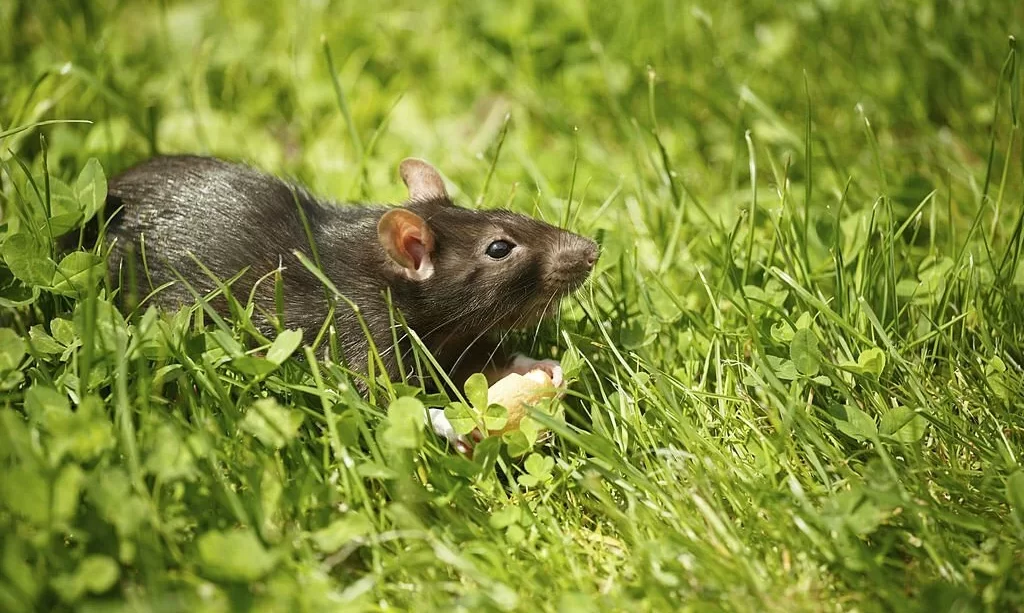Rats, with their ability to adapt to diverse environments, are a common sight in urban and suburban settings. These creatures, while often seen as pests, have a remarkable degree of adaptability when it comes to their diet. One of the intriguing questions surrounding rats is whether they include grass in their menu. As we embark on this exploration, we aim to uncover the intricacies of rats’ dietary habits, focusing specifically on their relationship with vegetation and grass. This curiosity extends beyond simple fascination, as understanding what rats consume in human environments holds implications for both pest management and ecological awareness.
Rats’ Dietary Habits
Understanding rats’ dietary habits is crucial to unravel the mystery of their interaction with grass. Rats are opportunistic omnivores, meaning they are adaptable in their choice of food sources. They possess an impressive ability to adjust their diet to the resources available in their surroundings, whether in rural areas, cities, or suburbs. Their diet can encompass a wide range of foods, from grains and seeds to fruits, vegetables, insects, and even meat. This adaptability is what allows rats to thrive in various ecosystems.
Additionally, rats’ presence in human environments raises important considerations. They can be both a nuisance and a health concern due to their potential to transmit diseases. Understanding their dietary habits is a critical component of managing rat populations in areas where they come into contact with humans.
Rats and Vegetation
The consumption of plant-based foods and vegetation is not uncommon in the diet of rats. Rats are known to be attracted to various types of plants, including vegetables, fruits, and even grass. This attraction to vegetation can be influenced by factors such as food availability, the season, and local environmental conditions. Rats may actively seek out and consume plants as part of their diet, especially in regions where these resources are abundant.
The dietary inclusion of vegetation, including grass, raises questions about the nutritional value that plants provide to rats. While plants can offer dietary fiber, vitamins, and minerals, it’s important to consider whether rats deliberately seek these nutrients from grass or other vegetation and under what circumstances. By exploring the role of grass in rats’ diets, we gain a deeper understanding of their behavior and adaptability in human-influenced environments.
The Role of Grass in Rats’ Diet
Grass, as a common and often abundant plant, can play a role in rats’ diets, albeit with some variability. Rats are not strict herbivores, but they may consume grass and other vegetation when it aligns with their nutritional needs and environmental conditions. The specific role of grass in rats’ diets depends on factors such as food availability, the presence of alternative food sources, and the season. In some cases, rats may consume grass as a source of dietary fiber or as a way to supplement their diet with certain vitamins and minerals. However, this is not a consistent behavior, and rats may prefer other food sources when available.
Understanding the role of grass in rats’ diets is an important aspect of studying these rodents in urban and suburban settings. It sheds light on their adaptability and resourcefulness when foraging for food, especially when they share spaces with humans.
Implications for Human Environments
The presence of rats in human environments, including yards, gardens, and agricultural areas, raises several implications related to their dietary habits. While rats’ consumption of grass may not pose a direct threat to human health, it can become a concern in certain situations. Rats have the potential to damage lawns and gardens by foraging on grass and other plants, leading to aesthetic and economic consequences for homeowners and agricultural communities.
Additionally, rats’ adaptability in finding food sources, including grass, highlights the importance of effective pest control measures to manage rat populations in human spaces. Preventative actions, such as securing garbage bins, eliminating food sources, and implementing rat-proof barriers, can help reduce the attraction of rats to human environments and minimize potential conflicts.
Conclusion
The question of whether rats eat grass provides a fascinating window into the adaptability and dietary preferences of these ubiquitous rodents in urban and suburban settings. While rats are opportunistic omnivores, they may include grass in their diet, depending on environmental conditions and the availability of other food sources. Understanding the nuances of rats’ dietary habits is vital for both pest management and ecological awareness, as it allows us to develop effective strategies for coexisting with these adaptable creatures.
Whether it’s the curiosity of a rat’s dietary choices or the practical implications for our gardens and communities, the study of rats’ dietary habits serves as a reminder of the intricate relationship between human spaces and the diverse wildlife that shares our surroundings.




